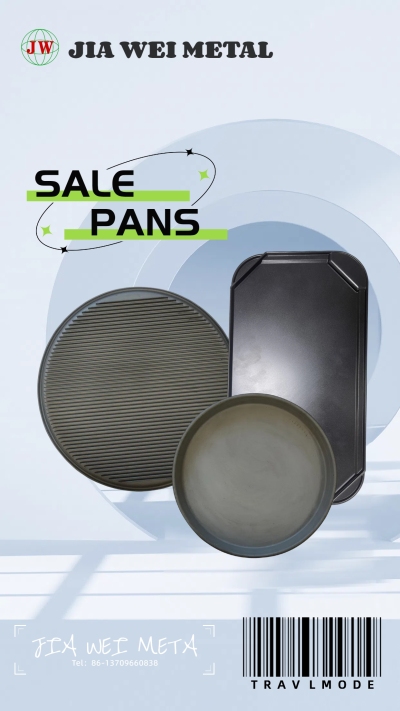
What are bubbles in die casting?
2025-04-25 15:00
In the intricate world of die casting, a widely used manufacturing process for producing metal components across various industries, the presence of bubbles can be a significant concern. Bubbles, also known as porosity, in die - cast parts refer to voids or gas - filled cavities within the metal structure. Understanding what these bubbles are, how they form, and their impact is crucial for manufacturers aiming to produce high - quality, reliable components.
The Nature of Bubbles in Die Casting
Bubbles in die casting are essentially pockets of gas that become trapped within the molten metal as it solidifies in the die cavity. These gas pockets can vary in size, from tiny micro - pores that are barely visible to the naked eye to larger, more noticeable voids. They can be distributed throughout the part or concentrated in specific areas, depending on the casting process and its parameters. Micro - porosity often consists of numerous small bubbles that are typically a few micrometers in diameter, while macro - porosity involves larger bubbles that can range from a fraction of a millimeter to several millimeters.
Causes of Bubble Formation
Several factors contribute to the formation of bubbles in die casting. One of the primary causes is the entrapment of air during the filling of the die cavity. When the molten metal is injected into the die at high speed, it can create turbulent flow patterns. This turbulence can cause air to be trapped within the metal stream, which then gets enclosed as the metal solidifies. The design of the die, including the location and size of the gates (the openings through which the molten metal enters the cavity) and vents (the passages for air to escape), plays a crucial role. If the gates are not properly designed or the vents are insufficient or blocked, air cannot escape efficiently, leading to bubble formation.
Another cause is the presence of gas in the molten metal itself. Metals can absorb gases, such as hydrogen, during melting or due to reactions with the surrounding environment. For example, if the raw materials are contaminated or if the melting process is not carried out under proper conditions, hydrogen can dissolve in the molten metal. As the metal cools and solidifies, the solubility of hydrogen decreases, and the excess gas tries to escape. If the solidification rate is too fast, the gas cannot fully escape, resulting in the formation of bubbles.
The die - casting process parameters, such as injection pressure, temperature, and cooling rate, also impact bubble formation. High injection pressures can force more air into the die cavity if not managed properly. Incorrect metal temperatures can affect the viscosity of the molten metal; if it is too viscous, air may not be able to escape easily. Similarly, a rapid cooling rate can prevent the gas from migrating out of the metal, trapping it within the solidifying part.
Impact of Bubbles on Die - Cast Parts
Bubbles in die - cast parts can have a significant negative impact on their quality and performance. From a mechanical perspective, porosity weakens the structure of the component. Bubbles act as stress concentrators, reducing the strength, fatigue life, and ductility of the part. In applications where the die - cast component is subjected to mechanical loads, such as in automotive or aerospace parts, the presence of bubbles can lead to premature failure. For example, a die - cast engine block with porosity may not be able to withstand the high pressures and stresses during operation, potentially resulting in cracks and engine malfunction.
Bubbles can also affect the surface finish and appearance of die - cast parts. In parts where a smooth surface is required, such as decorative components or parts that will be painted or plated, porosity can cause surface imperfections. These imperfections can lead to issues during post - processing, such as poor adhesion of coatings or uneven surface textures. Additionally, in applications where the die - cast part needs to be leak - proof, such as in fluid - handling systems, bubbles can compromise the integrity of the part, causing leaks.
Detection and Prevention of Bubbles
To ensure the quality of die - cast parts, various methods are used to detect the presence of bubbles. Non - destructive testing techniques, such as X - ray inspection and ultrasonic testing, are commonly employed. X - ray inspection can reveal the internal structure of the part, allowing technicians to identify the location and size of bubbles. Ultrasonic testing works by sending ultrasonic waves through the part; changes in the wave patterns can indicate the presence of voids.
Preventing bubble formation requires a combination of proper die design, careful control of the die - casting process, and quality material management. Optimizing the die design with well - placed gates and vents can help ensure smooth metal flow and efficient air escape. Maintaining strict control over the melting process to minimize gas absorption, using degassing techniques to remove dissolved gases from the molten metal, and carefully adjusting process parameters like injection pressure, temperature, and cooling rate are essential steps. Additionally, regular maintenance of the die - casting equipment and proper training of operators can also contribute to reducing the occurrence of bubbles in die - cast parts.
In conclusion, bubbles in die casting are a complex issue that can significantly impact the quality and performance of die - cast components. By understanding their nature, causes, and effects, and implementing appropriate detection and prevention measures, manufacturers can produce high - quality die - cast parts that meet the stringent requirements of modern industries.
Get the latest price? We'll respond as soon as possible(within 12 hours)












